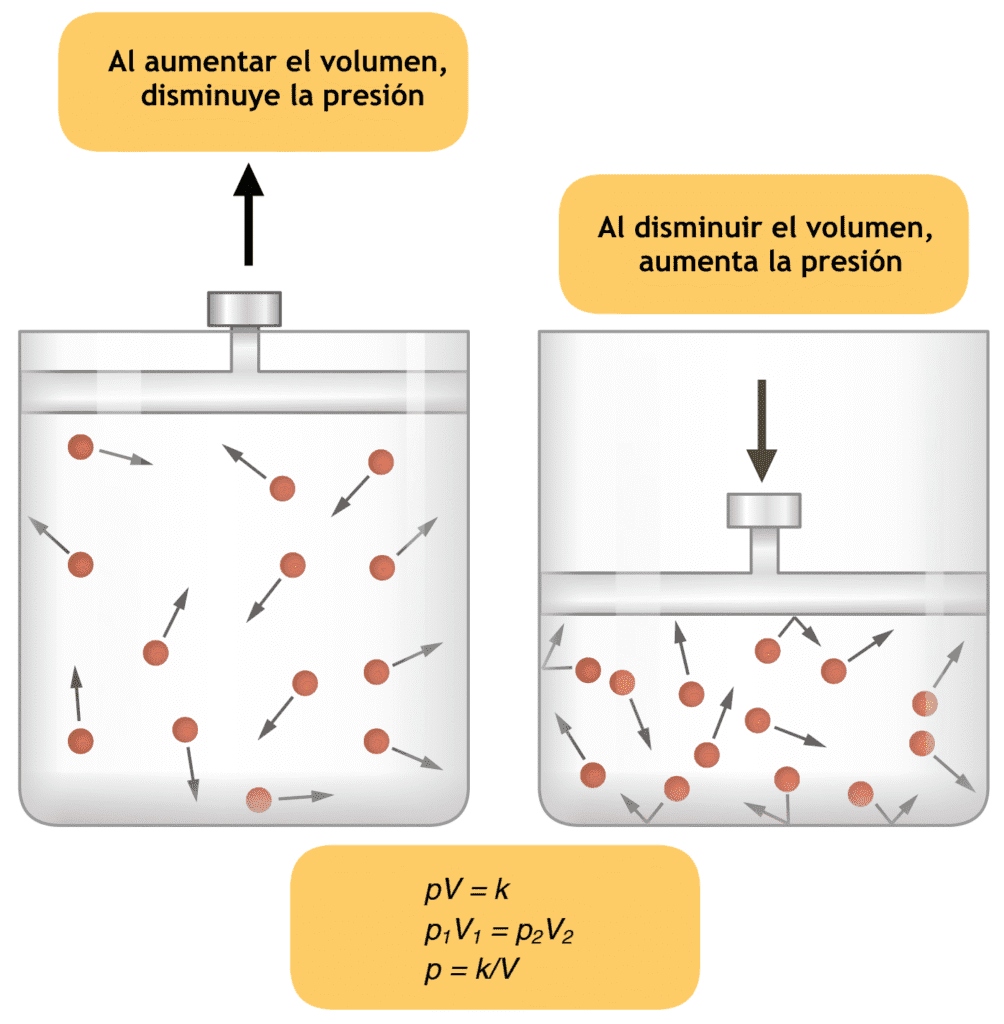Capnography is the continuous measurement of end tidal carbon dioxide (ETCO2) and its waveform. The normal recording from a Capnography is between 32 to 42 mmHg (3 to 4 mmHg less than arterial pCO2 which is 35 to 45 mmHg).
Capnography works on the principle that infrared light is absorbed by carbon dioxide. And this change in the light can be measured by a probe attached to the expiratory limb of the ventilator circuit. For the reading to be accurate the probe should be as near to the patient end as possible.
It is also called as end tidal CO2 monitoring. It is very important and sensitive tool for monitoring in anesthesia. It is also very useful in an ICU setup for constantly monitoring the EtCO2 of the patient.
Uses of Capnography
- Capnography is the surest confirmatory sign of correct intubation (esophageal intubation will yield ETCO2=0).
- Intraoperative displacement of endotracheal tube can also be detected (ETCO, will become zero).
- Diagnosing malignant hyperthermia (ETCO2 may rise to more than 100 mmHg).
- For detecting obstructions and aisconnecuons of endotracheal tubes (ETCO2 will fall).
- Capnography can be used for diagnosing pulmonary embolism by air, fat or thrombus (sudden fall of ETCO2 occurs. It may become zero if embolus is large enough to block total pulmonary circulation.
- Exhausted sodalime or defective valves of closed circuit will show high FTCO2 values
- To control level of hypocapnia during hyperventilation in neurosurgery.
- Indicator of cardiac output: In cardiac arrest ETCO2 recording of a capnogram is zero.

